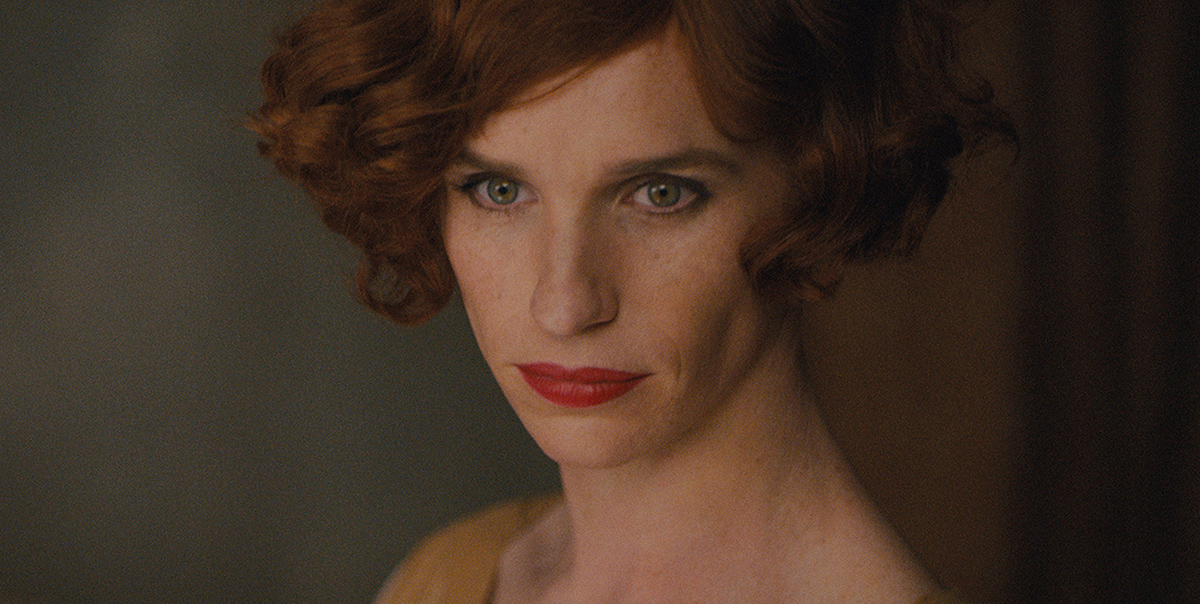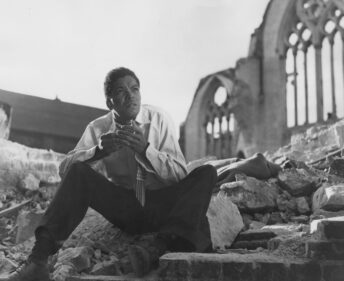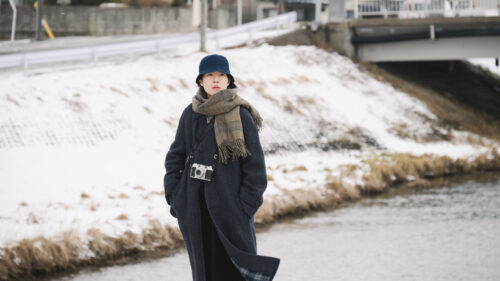Far be it from me to make any grand assumptions about the
general character of the Venice Film Festival after spending all of two and a
half days here. On the other hand, he said, pulling up his khakis, ruffling his
backpack, and lighting a Marlboro, that’s what journalists do in the field: get
the lay of the land, gather the facts on the ground, and make a goddamn assessment. An assessment that’s square
and true and real.
Excuse me. Anyway, what I can glean here is that it’s a
relatively relaxed and well-organized festival, and a festival with an audience
that’s receptive to all manner of film, from restored classics to wildly
experimental features to conventional-for-what-it’s-worth international art
fare and more. Including, as is perhaps unavoidable, what we call Awards Season
Fare.
And so this morning I saw “The Danish Girl,” the new film
directed by Tom Hooper, who struck Oscar gold with his 2010 “The King’s
Speech,” starring Eddie Redmayne, who struck Oscar gold with his performance in
2014’s “The Theory of Everything,” and Uggi, the adorable dog who kind of
struck Oscar gold in 2011’s “The Artist.” Oh, wait a minute. The dog, owned by
the main characters in the film, is adorable and winsome but not Uggi. Why he
gets as much attention as he does in the movie is one of its mysteries; at one
point I was worried that the whole thing was gonna turn into a transgender
variant of “The Awful Truth.”
You see where this notice is going. Let me try and steer it
away from that place for a little while. “The Danish Girl,” scripted by Lucinda
Cox, based on an account of one of the 20th centuries first
medically-assisted transsexuals, is an engaging and picturesque film. It is
also, at this particular historical/cultural moment, a real problem picture in
the ideology/representation departments. As the transgender civil rights
movement gains cultural traction, the suspicion against trans stories told by
non-trans artists and performers is a roiling flashpoint (is that a mixed
metaphor?) in the, um, cultural conversation. While “The Danish Girl” is
scrupulous in its 21st-century Distinguished Film tastefulness—my,
the gorgeous cinematography, gee, the nuanced but nevertheless
heartstring-tugging Alexandre Desplat score— it is also largely free of special
pleading. Its signal virtue is in not treating Einar Wegener, Redmayne’s
character, as a Special Other, or in slavering Straight Person Compassion on
him or her. At its best moments it maintains a discreet detachment.
At the movie’s outset, Einar Wegener seems uniquely blessed.
He’s a landscape painter of great talent in 1920s Denmark, which looks here
like a great place to live. He has a gorgeous, kind, carnal, and talented wife,
Gerde, also a painter, albeit one whose career is lagging behind Einar’s. They
also have the aforementioned Jack Russell-esque dog, named Hvap. They have
nifty artiste pals, including a free-spirited dancer played by Amber Heard. No
kids yet, but “trying.”
One afternoon Einar visits the ballet, and in the costume
room gazes semi-longingly at the tulle. Later, Gerde asks Einar to wear ballet
shoes and stockings to help her out with a portrait she’s working on. And again
Einar gets that look on his face, and he gets it again looking at Gerde unlace
her boots. There’s a lot of this kind of indicating in the first third of the
film, and an uncharitable viewer might characterize some of the moments as
“Glen or Glenda” by way of “Masterpiece Theater.” The narrative picks up steam
after Gerde and Einar concoct a drag persona for Einar to disguise himself in
for an arts ball. There he beguiles a demimonde habitué played by Ben Whishaw;
complications ensue. Einar then adopts the persona of “Lili” over and over
again. In a “what incredible irony” moment, Gerde’s portraits of Lili set her
free as an artist, and launch her career. The marriage becomes strained as Lili
emerges as the more real person than Einar. And the movie really gains momentum
when it moves outside the world of the arts and into greater Early 20th
Century Europe, where transgenderism was practically unheard of, and
homosexuality categorized as a disease.
Einar’s relentless quest to become Lili is often met by life-threatening resistance, and Gerde, while not entirely comprehending, is
tireless in championing her husband as he insists on becoming not-her-husband.
Lili, in fact, can be a little callous to Gerde. (Her character is so
enlightened as to be contemporary. Remarking to one of her male portrait
subjects, she says, “It’s hard for a man to be looked at by a woman. For a man
to submit to a woman’s gaze is unsettling.” I’m sure that ideas along these
lines existed prior to Julie Kristeva, but to put them in the mouths of these
characters strikes me as too convenient. Anyway.) The ultimate irony of this
narrative is that it can be taken as yet another story of a man finding
him/her/self at the expense of his wife. Remember that old Dean Martin movie,
“How To Save Your Marriage And Ruin Your Life?” Switch the “ruin” and the
“save” and you’ve almost got this.
And as such, the movie winds up belonging, in the
performance respect, not to Redmayne but to Vikander. She’s stalwart, sexy,
funny, intelligent. I’m no Oscar prognosticator, but if “Ex Machina” is too
cerebral for the Academy (and I don’t know that it necessarily is), “The Danish
Girl” hasn’t that problem at all, and Vikander’s work here should earn her a
Best Actress nomination.
There. I’ve made an Oscar prediction. I feel so dirty.












